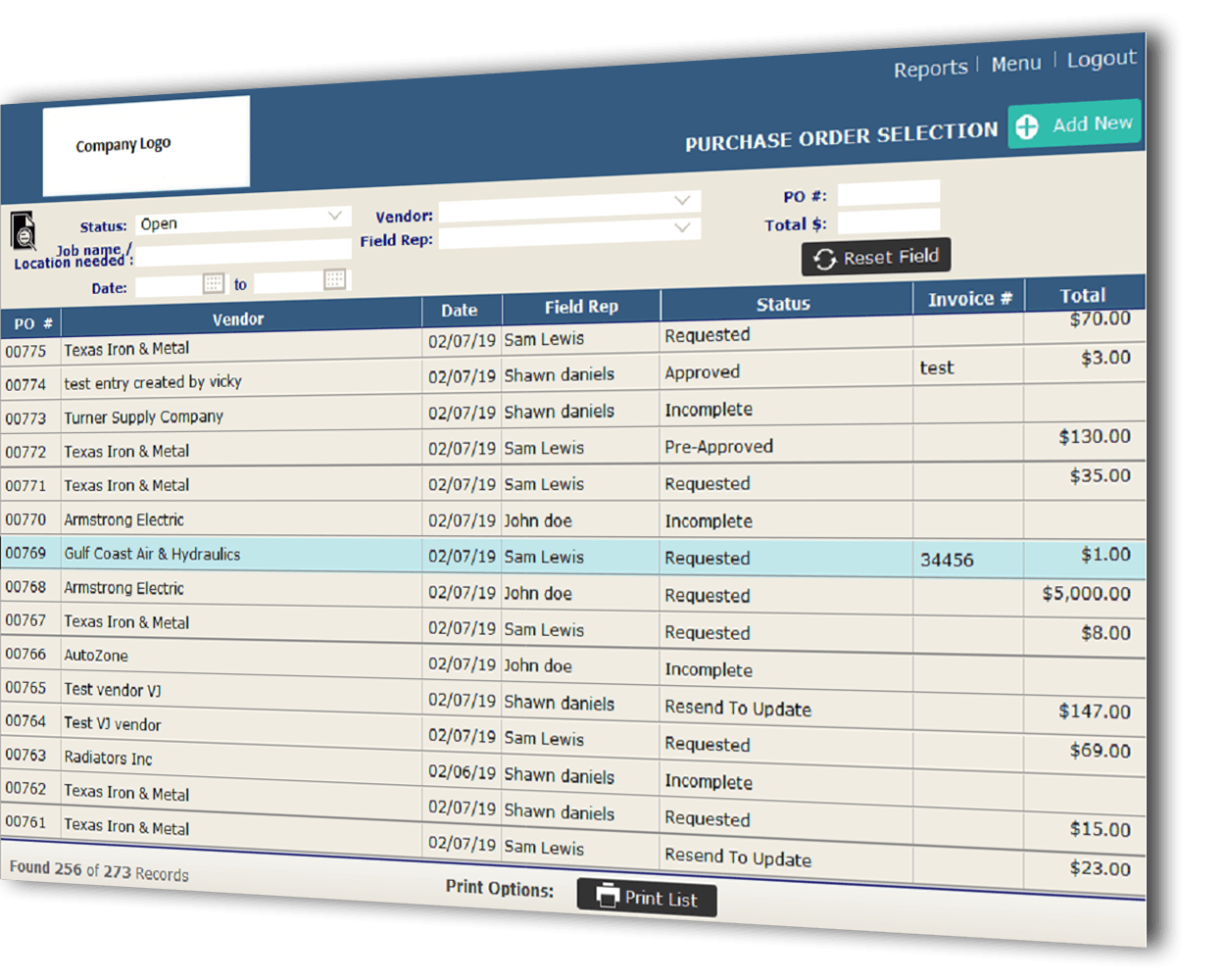Understanding the Purchase Order System
A purchase order system, often abbreviated as a PO system, is a digital solution designed to facilitate the creation, approval, and tracking of purchase orders within an organisation. This system automates various tasks involved in procurement, offering efficiency and accuracy in managing supplier transactions.
At the heart of a purchase order system lies the software, commonly known as PO software. This software enables users to generate purchase orders, manage vendor information, track order statuses, and generate reports for analysis.
With the increasing complexity of supply chains and the growing importance of compliance, organisations are turning to online purchase order systems to streamline their procurement processes. These systems offer a centralised platform for managing purchasing activities, ensuring consistency, transparency, and accountability.
The Workflow of an Online Purchase Order System
From initiation to completion, the workflow of an online purchase order system typically involves several key stages:
- Request: The procurement process begins with a request for goods or services from an authorised individual within the organisation. This request triggers the creation of a purchase order in the system.
- Approval: The generated purchase order is then routed through an approval workflow, where designated approvers review and authorise the request. This step ensures compliance with purchasing policies and budgetary constraints.
- Issuance: Once approved, the purchase order is issued to the selected vendor, specifying the quantity, price, and delivery terms of the requested items.
- Receipt: Upon receiving the goods or services, the receiving department acknowledges receipt in the system, confirming that the order has been fulfilled as per the purchase order.
- Invoicing: The vendor invoices the organisation for the supplied goods or services. The accounts payable team verifies the invoice against the corresponding purchase order and processes payment accordingly.
- Reconciliation: Periodic reconciliation of purchase orders, receipts, and invoices ensures accuracy and completeness of financial records. Discrepancies are identified and resolved to maintain financial integrity.
Each stage of the workflow is crucial for ensuring smooth procurement operations and maintaining financial transparency. By automating these processes, online purchase order systems reduce manual errors, improve efficiency, and enable better decision-making.
Benefits of an Online Purchase Order System
The adoption of an online purchase order system offers numerous benefits to organisations:
- Efficiency: Automation of manual tasks accelerates the procurement process, reducing cycle times and improving productivity.
- Accuracy: Electronic documentation minimises errors associated with manual data entry, ensuring the integrity of transaction records.
- Visibility: Real-time tracking of purchase orders provides stakeholders with visibility into the status of transactions, enabling proactive decision-making.
- Compliance: Built-in approval workflows enforce adherence to purchasing policies and regulatory requirements, reducing the risk of non-compliance.
- Cost Savings: Streamlined processes, improved vendor management, and better negotiation capabilities contribute to cost reductions and savings.
- Scalability: Online purchase order systems can scale with the growth of the organisation, accommodating increasing transaction volumes and expanding supplier networks.
By harnessing these benefits, organisations can transform their procurement operations, drive operational efficiency, and gain a competitive edge in the market.
Conclusion
From approval to audit, the workflow of an online purchase order system ensures seamless procurement operations within organisations. By leveraging technology and automation, businesses can achieve greater efficiency, accuracy, and transparency in managing supplier transactions. Embracing an online purchase order system is not just about streamlining processes; it’s about transforming the way organisations conduct business in the digital age.

